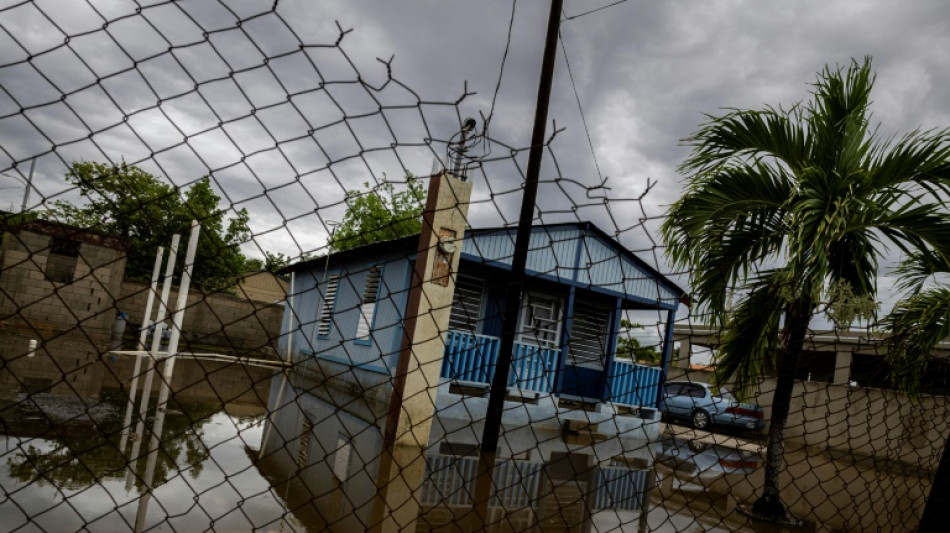
RYCEF
0.1900

Hurricane Erin strengthened Monday and was forecast to expand as the powerful Category 4 storm drenched Caribbean islands and threatened dangerous rip currents along the US East Coast.
In its latest advisory the US National Hurricane Center (NHC) said Erin was packing maximum sustained winds of 140 miles (220 kilometers) per hour while moving west-northwest at 10 mph.
Its outer bands were forecast to bring localized downpours across Cuba and the Dominican Republic through Monday as well as the Turks and Caicos and the Bahamas -- where a tropical storm warning is in place -- through Tuesday.
These areas could receive localized totals of up to six inches (15 centimeters) of rain, according to the NHC.
In Puerto Rico, a US territory of more than three million people, weekend flooding swamped homes and roads in the island's east, and widespread power outages left residents in the dark, though service has since been restored to more than 96 percent of customers.
Although Erin's core will remain over the Atlantic as it begins curving northeast this week, "Erin is expected to grow rather dramatically in size," warned NHC director Michael Brennan, stressing that peripheral impacts will be significant.
By Tuesday, the entire US East Coast will face a high risk of life-threatening surf and rip currents, which occur when channels of water surge away from the shore.
Coastal flooding, particularly along North Carolina's Outer Banks, is expected to begin Tuesday and peak Wednesday into Thursday, with portions of highway at risk of ocean overwash. Evacuations have been ordered off two islands, Ocracoke and Hatteras.
Wave heights of 20–30 feet (6-9 meters) -- at times exceeding 50 feet -- will create treacherous marine conditions across the western Atlantic.
The Atlantic hurricane season, which runs from June 1 to November 30, has now entered its historical peak.
Despite a relatively quiet start with just four named storms so far, the National Oceanic and Atmospheric Administration (NOAA) continues to forecast an "above-normal" season.
A typical season produces 14 named storms, of which seven become hurricanes and three strengthen into major hurricanes.
This year, tropical activity is expected to be elevated by a combination of warmer-than-average sea-surface temperatures in the tropical Atlantic and Caribbean, along with an active West African monsoon, NOAA said.
Scientists broadly agree that human-driven climate change is amplifying tropical cyclones.
Warmer oceans release more water vapor, fueling stronger winds, while a warmer atmosphere holds more moisture, intensifying rainfall.
Meanwhile, rising seas -- already about a foot higher than a century ago -- mean cyclones are starting from a higher baseline, magnifying storm surges and coastal flooding.
A.Novak--TPP